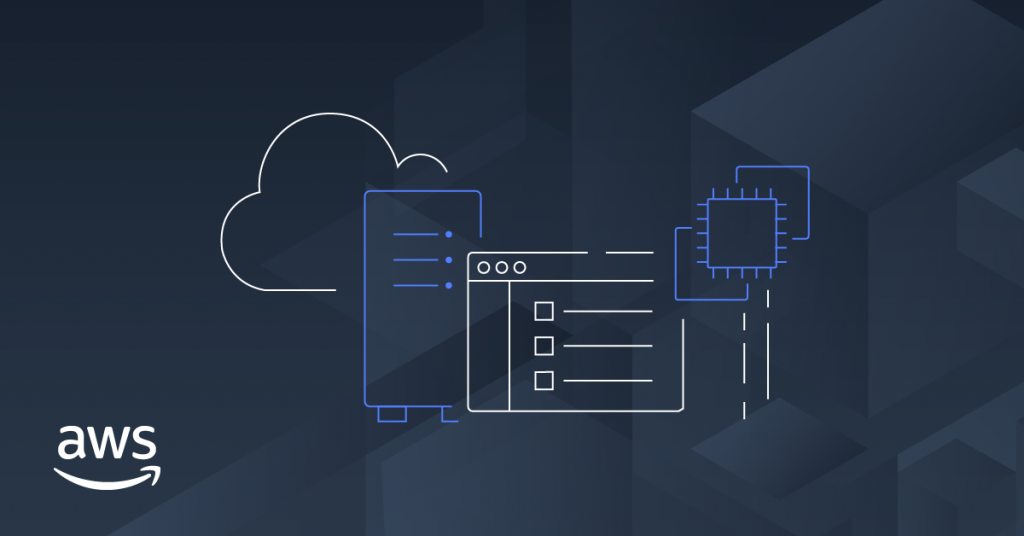AWS Storage Blog
Category: Networking & Content Delivery
FORMULA 1 transfers race car data into AWS using AWS DataSync
At FORMULA 1, time is always of the essence, whether that be on-track at our Event Technical Centre or back at our Media & Technology Centre in Kent, UK. As the Cloud Team Lead at FORMULA 1, I am responsible for defining, designing, and implementing workloads across the cloud estate, including security, platform, project, networking, […]
How FORMULA 1 uses AWS DataSync and AWS Storage Gateway for backup and archiving
Hi there. My name is Martynas Juras and I am a Cloud Engineer for FORMULA 1. FORMULA 1 is one of the world’s most recognizable sports series, reaching every corner of the globe. We showcase FORMULA 1 racing around the world via our own in-house broadcast. As we produce our own broadcast, we have to […]
Limit access to Amazon S3 buckets owned by specific AWS accounts
Customers use Amazon S3 to store and protect data for a range of use cases, including data lakes, enterprise applications, backup, and archive. Amazon S3 provides easy-to-use management features, fine-grained access controls, strong consistency, and durability to meet a range of business, organizational, and compliance requirements. A common data loss prevention requirement is ensuring that […]
Using VPC hosted endpoints in shared VPCs with AWS Transfer Family
AWS customers can now deploy AWS Transfer Family server endpoints in Amazon Virtual Private Clouds (Amazon VPCs) with shared resources. Amazon Virtual Private Cloud (VPC) sharing, which launched in early 2019, enables AWS customers to share specific resources with other AWS accounts within the same AWS Organization. VPC sharing benefits customers by enabling: Role-based separation […]
Managing Amazon S3 access with VPC endpoints and S3 Access Points
Many customers own multiple Amazon S3 buckets, some of which are accessed by applications running in VPCs. Amazon Virtual Private Cloud (Amazon VPC) enables you to launch AWS resources into a virtual network that you define. This virtual network closely resembles a traditional network that you’d operate in your own data center, with the benefits […]
Using Amazon FSx for Windows File Server with Azure ADDS domain
Customers are using Amazon FSx for Windows File Server for a variety of use cases that need shared file storage that is accessible over the industry-standard Server Message Block (SMB) protocol, and that is integrated with Microsoft Active Directory. You can use Amazon FSx with any Microsoft Active Directory that is hosting your user identities, […]
Accessing SMB file shares remotely with Amazon FSx for Windows File Server
With remote work becoming the norm, customers often need a central repository for files that can be accessed from anywhere to enable collaboration and provide highly durable storage. For ease of use and increased productivity, customers are looking for shared file access that can be mounted as a network drive using built-in Windows, macOS, Linux, […]
Connecting AWS Outposts to on-premises data sources
Millions of customers such as startups, enterprises, and leading government agencies are using AWS to lower costs, become more agile, and innovate faster. There are some workloads that must remain on-premises in order to interact with data that cannot, for variety of reasons, move to an AWS Region. Enter AWS Outposts. AWS Outposts is a […]
A look inside how global multimedia agency Reuters uses Amazon Web Services
My name is Romeo Radanyi and I am a Solutions Architect at Thomson Reuters, where I help teams understand and adopt cloud technologies. I’m involved in setting enterprise-level standards, pushing forward our Artificial Intelligence and Machine Learning plans, and building many Reuters News Agency systems. I have also created and delivered a course at A […]
Minimize network latency with your AWS Transfer for SFTP servers
Do you have clients spread across the globe accessing your SFTP server? Are your globally distributed end users experiencing performance issues due to geographical distance from your server endpoints? Wouldn’t it be great if you could provide similar performance to all your clients irrespective of their location? In this post, I provide you with best […]






